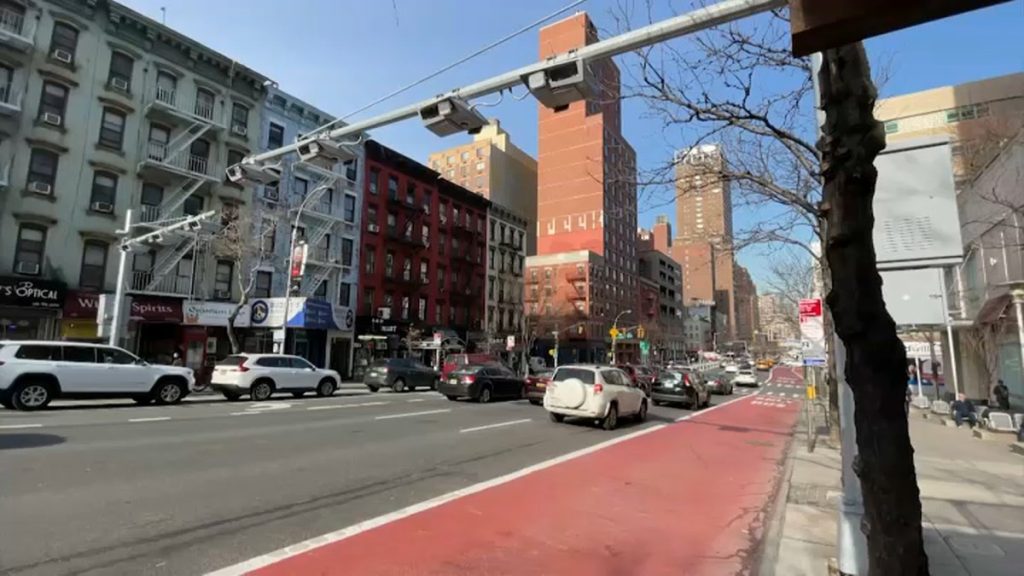What to Know
- While the revised congestion pricing plan reduces the toll from $15 to $9, drivers who don’t use E-ZPass tags to pay for their toll could find themselves paying higher rates to drive into the Congestion Relief Zone.
- According to the MTA, customers who enter the Congestion Relief Zone will pay 50% than drivers with an E-ZPass tag.
- Congestion pricing in New York City began Jan. 5, 2025 after the MTA and Gov. Kathy Hochul announced a cheaper version of the first-in-the-nation congestion toll.
Congestion pricing in New York City is now in effect, after he MTA and Gov. Kathy Hochul revived the controversial plan to charge drivers to enter Manhattan’s most congested area.
While the new plan reduces the toll from $15 to $9, drivers who don’t use E-ZPass tags to pay for their toll could find themselves paying higher rates to drive into the Congestion Relief Zone.
According to the MTA, customers will be able to use their E-ZPass tags to pay for the congestion toll as they do to pay for other tolls. Meanwhile, drivers who enter Manhattan without the tag will receive their toll bill by mail at a higher cost.
According to the congestion pricing toll structure, during the first two years of the tolls, drivers using fare media other than the E-ZPass will be charged $13.50 during the peak period instead of the $9 that E-ZPass customers will be charged.
By 2031, when the congestion pricing toll is expected to increase to $15, drivers without an E-ZPass will have to pay $22.50, 50% more than drivers with the toll tags.
How to buy E-ZPass
Customers can enroll in E-ZPass by visiting e-zpassny.com or visiting participating New York City retailers. Tags bought in New York City can be purchased for $30.
After obtaining the tag, drivers have to register the tag online or by calling 1-800-697-1554 and attaching their tag to the car’s windshield.
The MTA says that during the first 60 days of the program, drivers will not be charged any additional fees, charges or fines related to the congestion toll.
How does congestion pricing work?
Congestion pricing would impact any driver entering what is being called the Congestion Relief Zone (CRZ), which stretches from 60th Street in Manhattan and below, all the way down to the southern tip of the Financial District. In other words, most drivers entering midtown Manhattan or below will have to pay the toll, according to the board’s report.
All drivers of cars, trucks, motorcycles and other vehicles would be charged the toll. Different vehicles will be charged different amounts.
The full, daytime rates would be in effect from 5 a.m. until 9 p.m. each weekday and 9 a.m. until 9 p.m. on the weekends. Toll rates in the off-hours (from 9 p.m.-5 a.m. on weekdays, and 9 p.m. until 9 a.m. on weekends) would be just $2.25 for most drivers.
Drivers would only be charged to enter the zone, not to leave it or stay in it. That means residents who enter the CRA and circle their block to look for parking won’t be charged.
Only one toll will be levied per day — so anyone who enters the area, then leaves and returns, will still only be charged the toll once for that day.
The review board said that implementing their congestion pricing plan is expected to reduce the number of vehicles entering the area by 17%. That would equate to 153,000 fewer cars in that large portion of Manhattan. They also predicted that the plan would generate $15 billion, a cash influx that could be used to modernize subways and buses.

